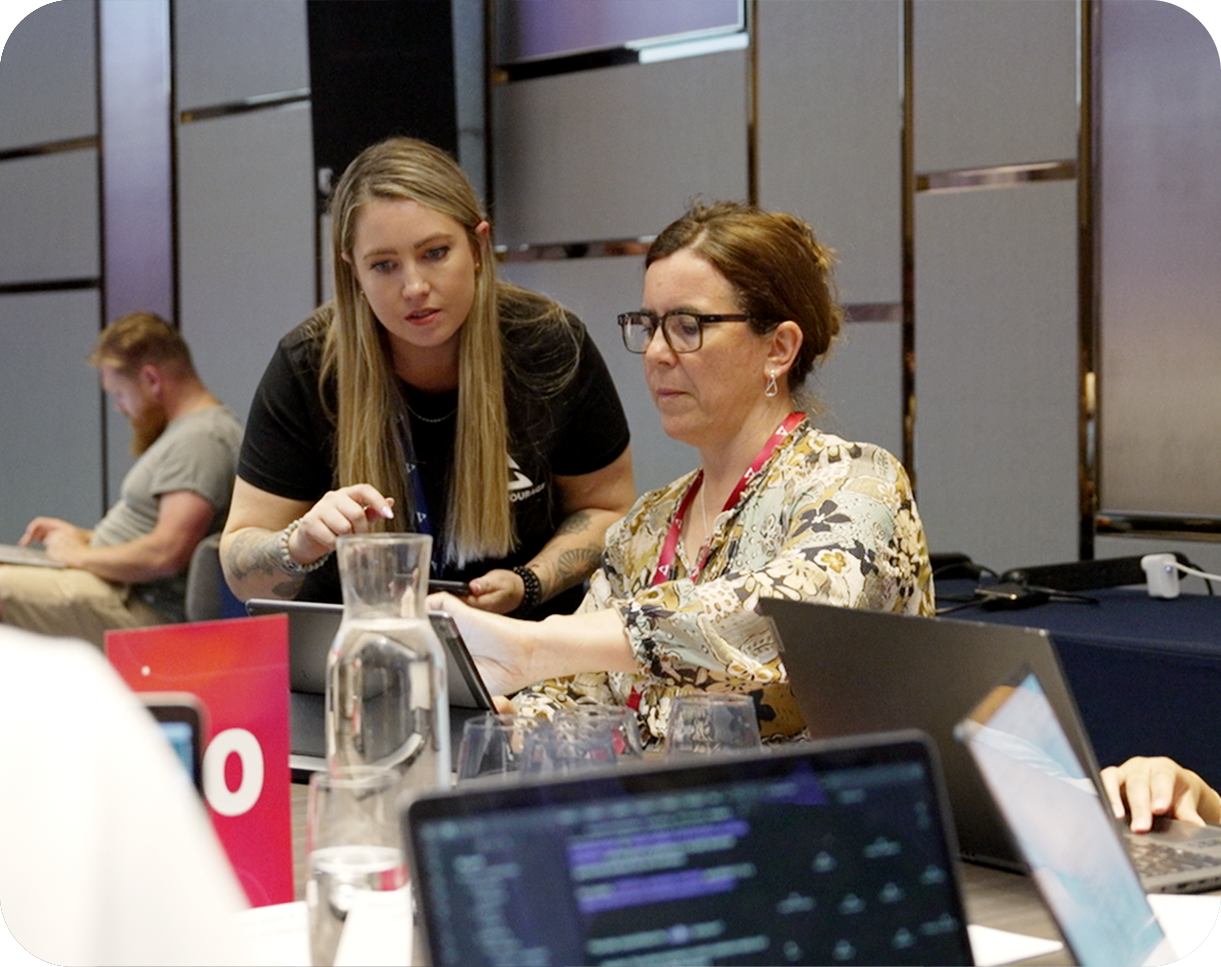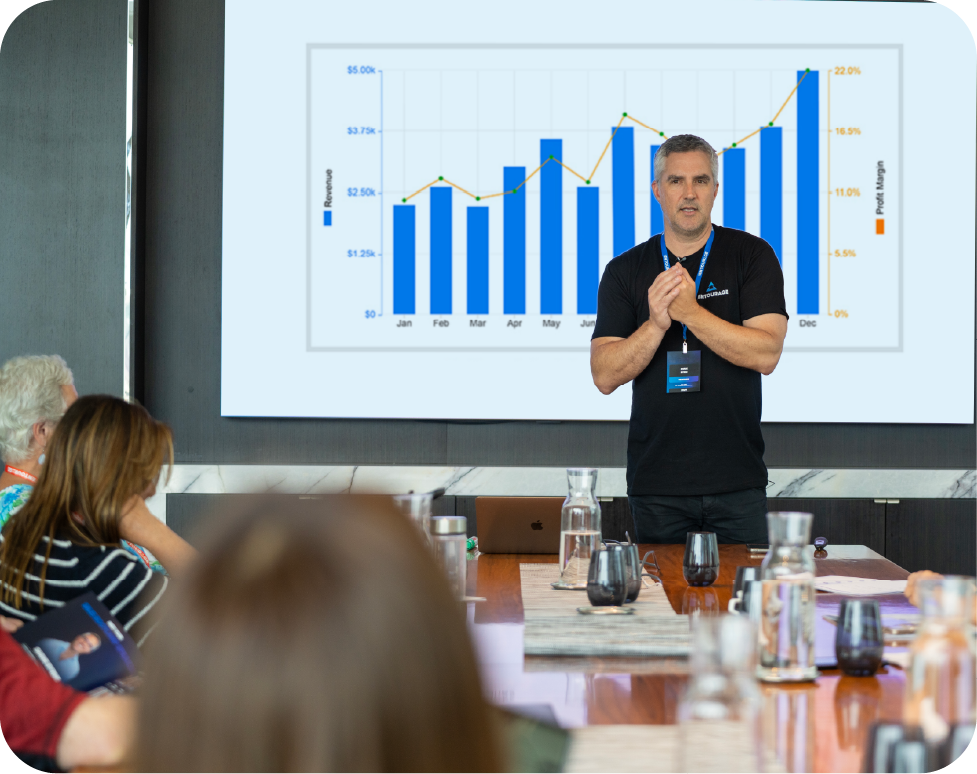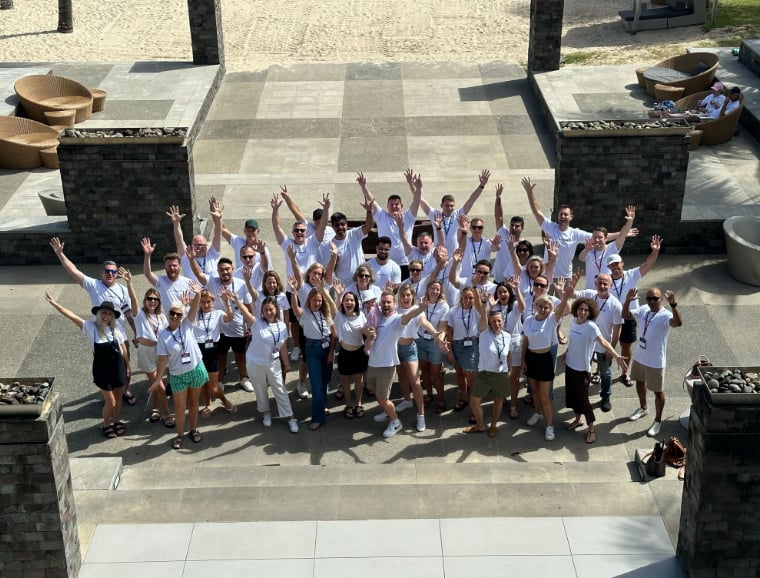IT asset management (ITAM) and IT service management (ITSM) may sound like interchangeable corporate buzzwords, but in reality, they’re two distinct forces that shape the backbone of modern IT operations. Understanding how they differ – and more importantly, how they complement each other – can be the game-changer your organization needs to stay agile, cost-effective, and secure. So, let’s lift the fog and explore these critical pillars of IT governance in a way that’s refreshingly clear and incredibly useful.
Breaking Down ITAM: Managing What You Own
Think of ITAM as the finance-savvy cousin in your IT family. It’s all about keeping track of what you own – every laptop, server, license, software, cloud subscription, and even the dongles collecting dust in your storage closet. IT asset management is focused on the what, where, who, and how much. Who owns that asset? Where is it located? How much does it cost to maintain?
The primary objective of ITAM is to optimize the lifecycle of assets. That means tracking everything from procurement to retirement. A strong ITAM practice ensures that you’re not overspending on unused software licenses or letting hardware depreciate without extracting full value from it. It also ensures compliance with contracts and regulations – because no one wants a surprise audit.
Understanding ITSM: Delivering Value Through IT Services
If ITAM is the inventory and money manager, ITSM is the customer service expert. IT service management is all about designing, delivering, managing, and improving IT services to meet the needs of users – be it your staff, clients, or partners. It’s driven by frameworks like ITIL and focuses on processes such as incident management, change management, problem resolution, and service requests.
ITSM is the operational side of the house. Imagine your network goes down or someone needs a new app installed – ITSM handles that. It’s all about delivering services that support business objectives and ensuring that those services are consistently available, reliable, and user-friendly.
Why People Confuse ITAM and ITSM – And Why That’s a Problem
It’s easy to see why ITAM and ITSM get tangled together. After all, they’re both part of the same broader IT strategy. But here’s the catch: confusing them – or worse, treating one as less important – can lead to chaos.
For example, a service desk might assign a laptop to a new employee without checking if the asset is available or licensed. That’s a disconnect between ITSM and ITAM. When the two functions don’t speak to each other, assets go missing, services are delayed, and costs spiral out of control. On the other hand, integrating both ensures seamless onboarding, faster resolutions, and better decision-making.
Real Value Comes When ITAM and ITSM Work Together
Let’s imagine a scenario. Your company is rolling out a new software across three departments. ITSM handles the deployment – service requests, ticketing, and scheduling. But ITAM provides the data: who already has the software, who needs a license, what machines are compatible, and how many licenses are left.
Now imagine trying to do this without ITAM insights. You’d be flying blind, likely overspending or causing delays. When integrated, these two systems deliver a one-two punch of efficiency and control. Together, they help IT teams prevent asset waste, resolve issues faster, and improve the overall user experience.
A great example of a solution that understands this synergy is the Alloy Software company, which offers platforms that combine ITSM workflows with robust ITAM capabilities. With such tools, businesses can achieve holistic visibility across their assets and services, streamlining decision-making and reducing friction between teams.
Key Differences Between ITAM and ITSM
Here’s a simple breakdown of how ITAM and ITSM stack up side-by-side:
|
Feature |
ITAM |
ITSM |
|
Focus |
Managing assets (hardware, software, etc.) |
Managing IT services and support |
|
Objective |
Cost control, compliance, asset optimization |
Service delivery, user satisfaction |
|
Example Tools |
CMDB, software license managers |
Service desk, incident management systems |
|
Processes |
Procurement, disposal, auditing |
Change management, incident resolution |
|
Primary Users |
Asset managers, procurement, compliance teams |
Help desk, support teams, service managers |
The Modern Enterprise Needs Both – Not One or the Other
In today’s fast-paced digital world, relying solely on ITAM or ITSM is like trying to fly with one wing. ITAM gives you the clarity on what you own, while ITSM ensures you use it efficiently to deliver value. If you're only investing in one, you're leaving money – and possibly critical data – on the table.
Even smaller businesses are waking up to this reality. Whether you’re dealing with 50 devices or 5,000, having systems in place to manage both assets and services creates a more intelligent, responsive, and cost-effective IT environment.
How to Align ITAM and ITSM in Practice
Want to know the secret sauce? It’s integration. Choose platforms that allow ITAM data to inform ITSM processes and vice versa. Make sure your service desk can access real-time asset data. Train your teams to think beyond their silos – asset managers should understand service processes, and service desk agents should know how to access asset records.
Here’s a checklist to get started:
- Map asset lifecycles to service workflows
- Use one central CMDB for both asset and service data
- Automate license and warranty tracking
- Align IT policies across asset and service domains
- Review asset-service dependencies regularly
Final Thoughts: Invest in the Intersection of Assets and Services
The conversation around ITAM vs ITSM isn’t about which is better – it’s about how to use both to your advantage. Together, they create an IT ecosystem that is not only functional but future-ready. So the next time someone in your team asks, “Do we need both?” – you’ll know exactly how to answer.
You don’t just manage tools or respond to tickets. You manage the backbone of modern business. And with the right balance of ITAM and ITSM, that backbone becomes stronger, smarter, and fully aligned with your organization’s goals.
Related Categories
Ryan Terrey
As Director of Marketing at The Entourage, Ryan Terrey is primarily focused on driving growth for companies through lead generation strategies. With a strong background in SEO/SEM, PPC and CRO from working in Sympli and InfoTrack, Ryan not only helps The Entourage brand grow and reach our target audience through campaigns that are creative, insightful and analytically driven, but also that of our 6, 7 and 8 figure members' audiences too.





